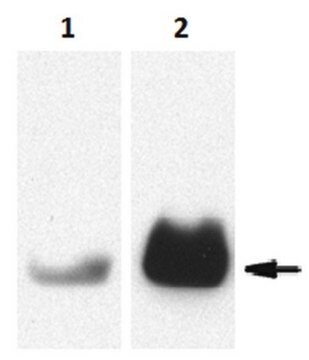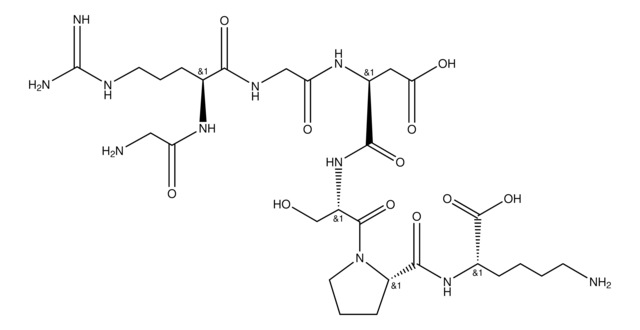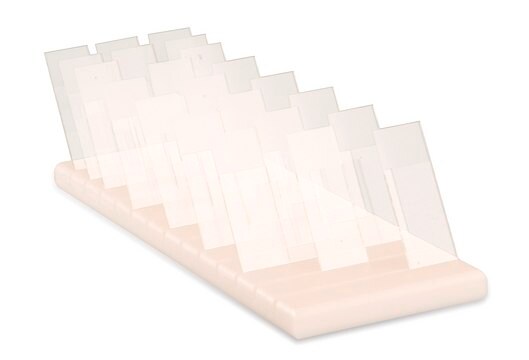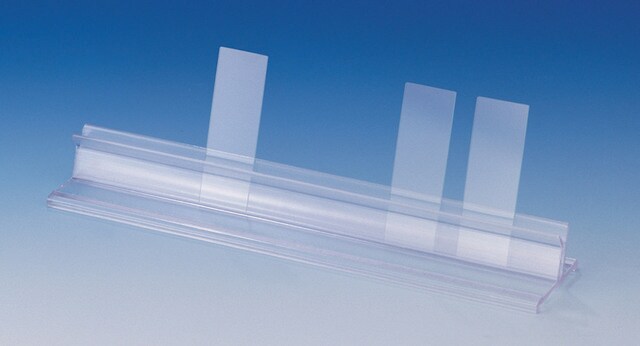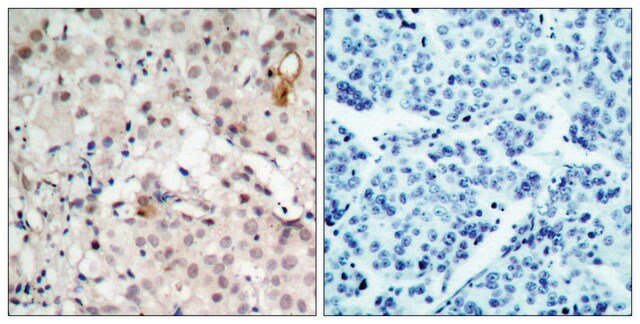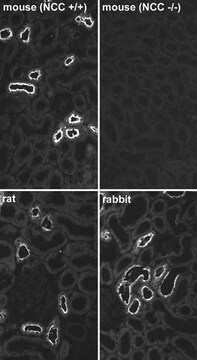MABT403
Anti-Proteinase 3/PR3 Antibody, clone MCPR3-7
clone MCPR3-7, from mouse
Synonym(s):
Myeloblastin, AGP7, C-ANCA antigen, Leukocyte proteinase 3, Neutrophil proteinase 4, NP-4, P29, PR-3, PR3, Wegener autoantigen
About This Item
Recommended Products
biological source
mouse
Quality Level
antibody form
purified immunoglobulin
antibody product type
primary antibodies
clone
MCPR3-7, monoclonal
species reactivity
human
should not react with
mouse
technique(s)
affinity binding assay: suitable
flow cytometry: suitable
immunoprecipitation (IP): suitable
western blot: suitable
isotype
IgG1κ
NCBI accession no.
UniProt accession no.
shipped in
dry ice
target post-translational modification
unmodified
Gene Information
human ... PRTN3(5657)
General description
Specificity
Immunogen
Application
Cell Structure
Inflammation & Autoimmune Mechanisms
Flow Cytometry Analysis: A representative lot immunostained the surface of only a small subpopulation of human peripheral blood neutrophils that are stained positive with clone MCPR3-2 (Cat. No. MABT340), consistent with the surface PR3 being in an active conformation complexed with CD177 and/or lipid bilayers. (Hinkofer, L.C., et al. (2013). J. Biol. Chem. 288(37):26635-26648).
Flow Cytometry Analysis: A representative lot bound recombinant human PR3-, but not murine PR3-, coated Talon-beads as determined by FACS analysis. (Silva, F., et al. (2010). J. Autoimmun. 35(4) 299-308).
Flow Cytometry Analysis: A representative lot bound immobilized recombinant human PR3 via a distinct epitope than those recognized by clone MCPR3-2 and MCPR3-3 (Cat. No. MABT340 and MABF973, respectively) as determined by FACS analysis of bead-based competition binding assay (Silva, F., et al. (2010). J. Autoimmun. 35(4) 299-308).
Immunoprecipitation Analysis: A representative lot immunoprecipitated a recombinant human PR3 construct proP-PR3ctp that adopts a pro-PR3 conformation, while exhibiting greater than 75% reduced affinity toward a recombinant construct ΔPR3ctp-S195A that adopts a mature PR3 conformation (Hinkofer, L.C., et al. (2013). J. Biol. Chem. 288(37):26635-26648).
Inhibition Analysis: A representative lot caused a substrate-dependent inhibition against human PR3 enzymatic activity by altering PR3 S1′ pocket conformation, but not PR3 S1 pocket conformation (Hinkofer, L.C., et al. (2013). J. Biol. Chem. 288(37):26635-26648).
Affinity Binding Assay: A representative lot captured a recombinant human PR3 construct proP-PR3ctp that adopts a pro-PR3 conformation, while exhibiting greater than 75% reduced affinity toward a recombinant construct ΔPR3ctp-S195A that adopts a mature PR3 conformation (Hinkofer, L.C., et al. (2013). J. Biol. Chem. 288(37):26635-26648).
Quality
Isotyping Analysis: The identity of this monoclonal antibody is confirmed by isotyping test to be IgG1κ.
Target description
Physical form
Storage and Stability
Handling Recommendations: Upon receipt and prior to removing the cap, centrifuge the vial and gently mix the solution. Aliquot into microcentrifuge tubes and store at -20°C. Avoid repeated freeze/thaw cycles, which may damage IgG and affect product performance.
Other Notes
Disclaimer
Not finding the right product?
Try our Product Selector Tool.
Storage Class Code
12 - Non Combustible Liquids
WGK
WGK 2
Flash Point(F)
Not applicable
Flash Point(C)
Not applicable
Certificates of Analysis (COA)
Search for Certificates of Analysis (COA) by entering the products Lot/Batch Number. Lot and Batch Numbers can be found on a product’s label following the words ‘Lot’ or ‘Batch’.
Already Own This Product?
Find documentation for the products that you have recently purchased in the Document Library.
Our team of scientists has experience in all areas of research including Life Science, Material Science, Chemical Synthesis, Chromatography, Analytical and many others.
Contact Technical Service